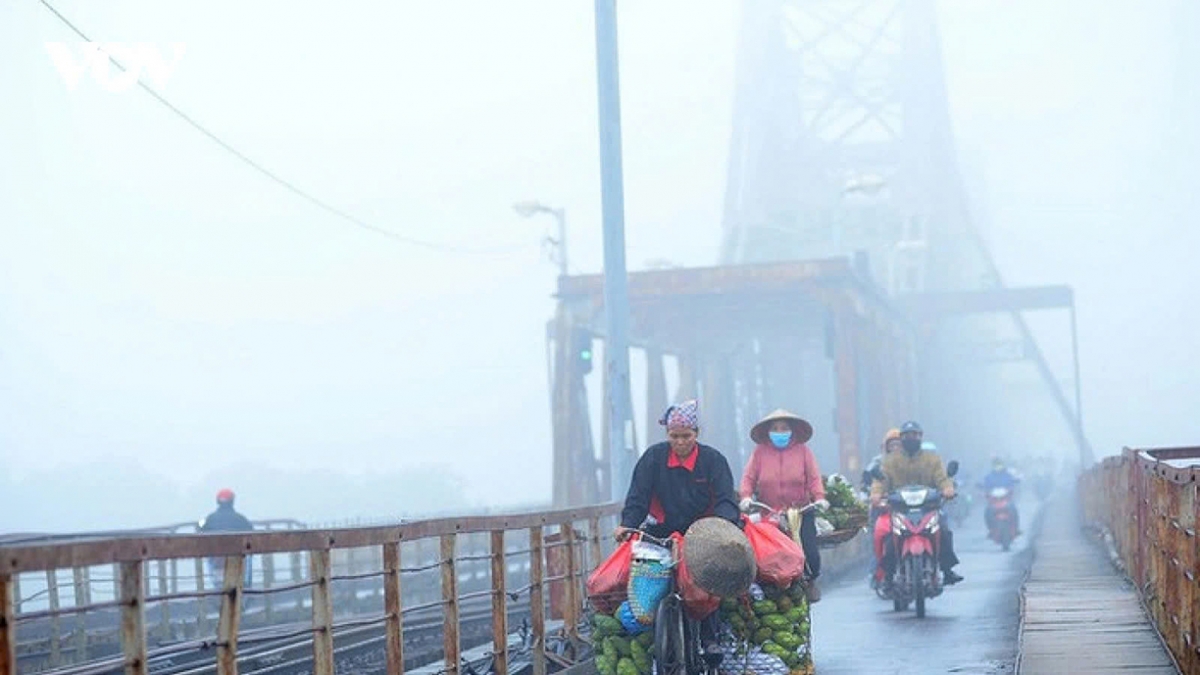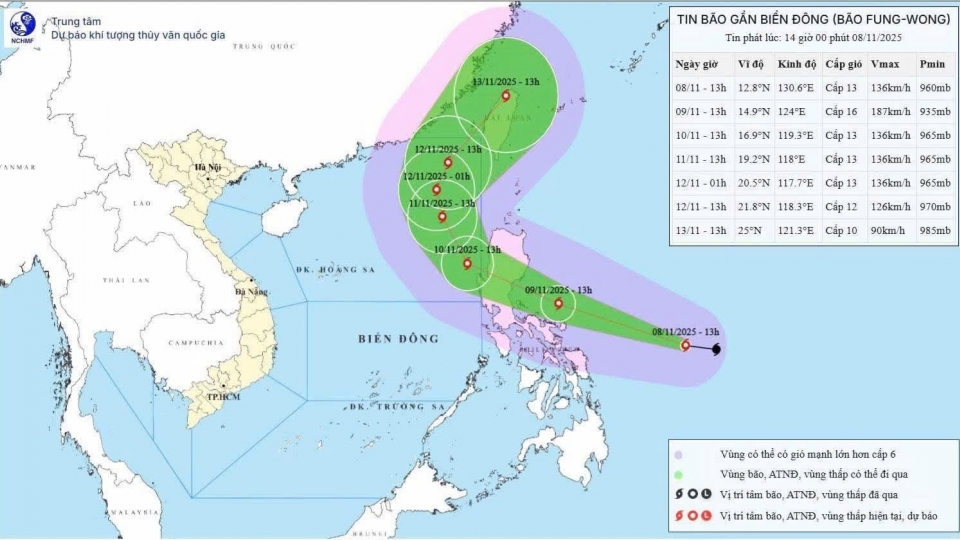Humid weather in Northern Vietnam to persist for a couple of days
VOV.VN - The unusually humid conditions in northern Vietnam are expected to last until around November 11, before a new cold air mass strengthens from November 12, bringing back dry and sunny weather, according to the National Centre for Hydro-meteorological Forecasting.

Normally, humid weather only occurs from late winter to early spring, around February to April, but this year it has appeared as early as November, right at the beginning of winter. Meteorologists say this is an uncommon phenomenon, caused by a “phase shift” in the seasonal transition.
The main reason is that the cold air mass from the north arrived early but was too weak to push away the low-pressure trough. Meanwhile, the warm, moist air from the East Sea and South-central coast has been unusually active, carrying large amounts of moisture northward.
When these two air masses meet over the Red River Delta, they form a low inversion layer that traps moisture near the surface, creating a clammy, sticky feeling even though temperatures are not high.
In Hanoi and surrounding lowland provinces, daytime temperatures hover around 27–28°C, while humidity stays above 80%, causing walls and floors to “sweat” and clothes to dry very slowly.
In addition, urban concrete and soil absorb heat during the day and release it at night, keeping the air too warm to dry surfaces and prolonging the dampness.
The weather bureau forecasts that from November 12, as a stronger cold front arrives and winds shift to the north and northwest, the North will see clearer skies and drier air.
However, with La Niña returning, this winter’s cold air is expected to arrive earlier and be stronger than usual, meaning similar out-of-season humid episodes may reappear in the coming months.
Meteorologists forecast three waves of cold air in November, with the mid-month one likely to be the strongest, potentially affecting northern and north-central Vietnam, and even extending as far south as Hue and Da Nang.
Early morning temperatures in northern mountainous areas and northwestern parts of the central region could drop to 10–12°C, while Hanoi and the lowlands may experience temperatures around 16–18°C.
Moving into December, cold air activity is expected to intensify, bringing three distinct cold spells. By late December through early January 2026, the first widespread severe cold wave of the winter may occur.
La Niña is also expected to increase the number of storms and tropical depressions over the East Sea. So far this year, there have been 13 storms, and meteorological agencies are currently monitoring Typhoon Fung-wong that is projected to move into the East Sea on November 10.
Although Fung-wong is unlikely to directly impact Vietnam’s mainland weather, residents and travelers are advised to stay updated and take precautions against possible adverse weather conditions.





